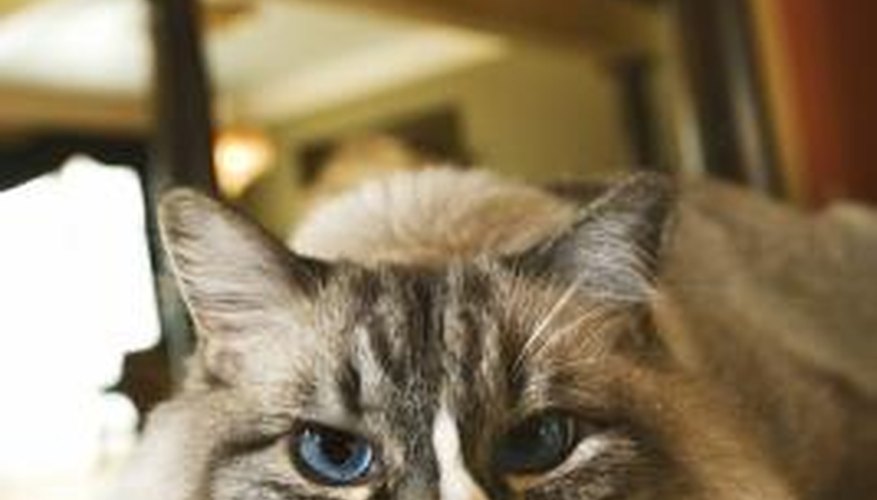Kneading is a specific behaviour within the feline community that can be either adorable or annoying. Both adult cats and kittens do it, usually when they are sitting or laying down. Extending not just their front paws but their claws as well, cats will push against blankets, pillows or bare skin. When cats do this continuously, it's not necessarily a cause for worry.
Kitten Behaviors
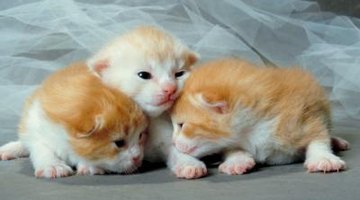
For most cats, kneading is most noticeable in kittens that are still nursing. To make their mother's milk flow faster, kittens push on her in a rhythmic, kneading pattern. Typically laying on their stomachs with their paws outstretched, kittens knead while nursing and even when they're hungry but not near mother, associating the pushing of their paws with receiving food.
A kitten's personality and behaviours are formed in their earliest days, when kneading serves a very practical purpose. This behaviour -- and others -- are ingrained into the kitten's personality and memory along with the pleasant sensation of getting food.
- For most cats, kneading is most noticeable in kittens that are still nursing.
- A kitten's personality and behaviours are formed in their earliest days, when kneading serves a very practical purpose.
Kneading in Older Cats
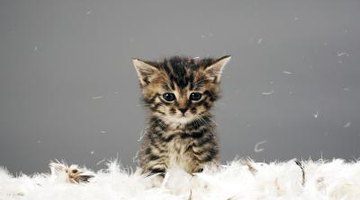
Older cats who knead can be thought of as experiencing some of the same emotions that they did when curled up next to their mother. They typically knead when settling down to sleep in their favourite spot or on the lap of their favourite person. Some kneading is normal in adult cats. Excessive kneading -- kneading when settling down anywhere, on every blanket, pillow or comfortable spot in the house -- doesn't necessarily indicate a current problem but rather a past one. When kittens are allowed to develop naturally, they outgrow the habit of kneading when they are weaned off their mother's milk and start eating solid foods all the time. They learn that kneading doesn't have any benefits when eating out of a food dish, and most cats outgrow the tendency to do it all the time. When a kitten is taken away from her mother too soon, she may not outgrow this naturally. Instead, she will continue to associate it with the comfort of a mother lost too soon.
- Older cats who knead can be thought of as experiencing some of the same emotions that they did when curled up next to their mother.
- When kittens are allowed to develop naturally, they outgrow the habit of kneading when they are weaned off their mother's milk and start eating solid foods all the time.
Associated Behaviors
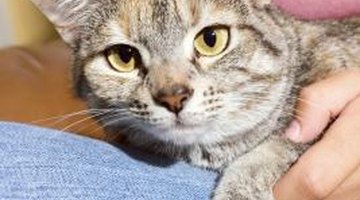
Most adult cats that knead usually only knead for brief periods of time in certain situations. Those that knead excessively often show additional behaviours along with the kneading. These cats often purr or talk softly to themselves and those around them. Younger, juvenile cats often revert completely back to the behaviours of kittenhood and may suck on whatever fabric or blanket on which they are laying. For excessive kneaders, it can be helpful to keep an old blanket nearby if the claws and drool become a problem. An excessive kneader typically won't complain if its paws are directed onto another soft surface.
- Most adult cats that knead usually only knead for brief periods of time in certain situations.
- Younger, juvenile cats often revert completely back to the behaviours of kittenhood and may suck on whatever fabric or blanket on which they are laying.
Other Names
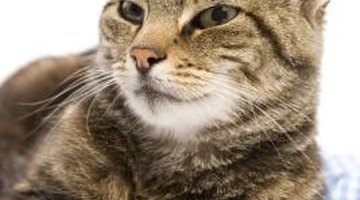
Kneading goes by a number of different names depending on the region. Some call it "making biscuits" or "making bread" because the motion of the cat's paws looks like it is getting dough ready for the oven. It's also called "padding," "paddling and pushing." Whatever it's called, it's no cause for alarm if a cat does it constantly. Cats only knead when they're content, so it should be taken as a compliment.
- Kneading goes by a number of different names depending on the region.
- Cats only knead when they're content, so it should be taken as a compliment.
